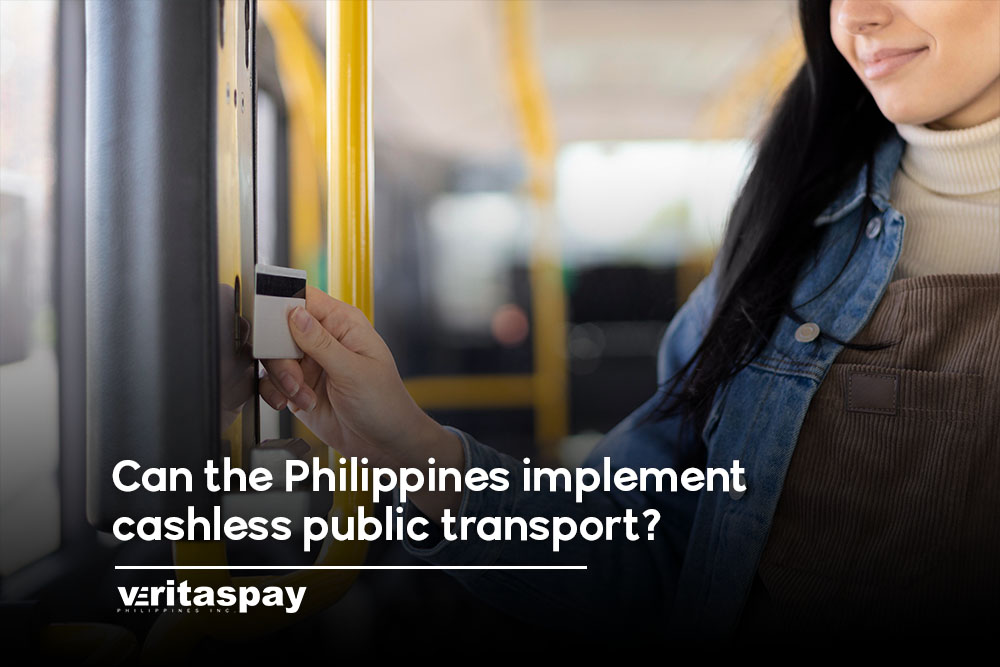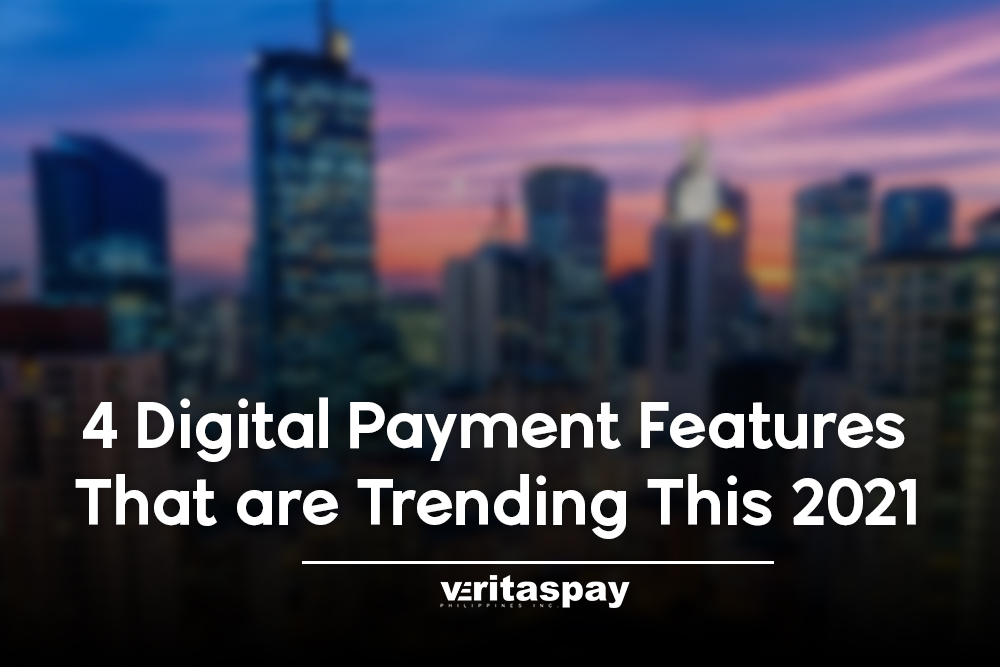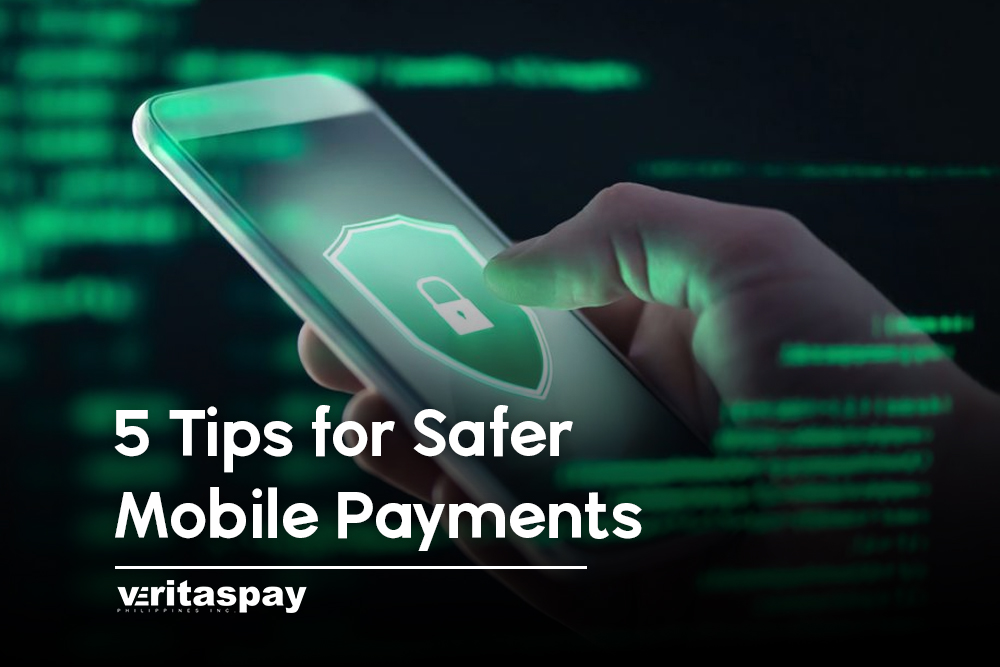Can the Philippines implement cashless public transport?
by Je Yaranon on June 2021

We have been practicing social distancing for more than a year now due to the never-ending pandemic, and it is an understatement to say that we are all tired of following the protocols, especially since we also have to deal with the mental side of being weary of everyone and anyone around us.
It’s not like we can escape it 24/7 because we can’t stay at our homes. Most of us need to commute for work or errands, which is where much of the paranoia can kick in. Public transport is quite dangerous during a pandemic like COVID-19. Even with face masks and shields, we are all vulnerable because we come in contact with people and objects that may have already been contaminated with the virus.
The protocols of public transportation vehicles are not enough
Tricycles, buses, jeeps, trains, and taxis have their own protocols – others have limited capacity, some put plastic barriers as a way to segregate passengers, while there are plenty who apply both. It’s better than nothing, and at the very least, it’s part of the many practices we need to do. Sadly, though, it’s not even close to enough since we all pay by cash, which then goes back to our previous point as we tend to exchange bills and coins that came from who-knows-where.
One step we need to take is to transition into cashless payments for public transportation. It helps erase a portion of the dangers we encounter, and it allows us to further avoid physical contact.
The government and other bus operators are not on the same page
There have been attempts by certain government agencies to push for such a transition. In May 2020, the LFTRB (Land Transportation Franchising and Regulatory Board) said that they have been campaigning the change even before the pandemic happened.
As part of the cashless plan, the LTFRB, along with the Office of the President and the DOT (Department of Transportation) have asked bus operators to implement a system similar to what MRT (Manila Metro Rail Transit System) and LRT (Manila Light Rail Transit System) have done, which involves using cards to pay for trips.
It looked to be a solid and appropriate idea that should push through, until Provincial Bus Operators Association of the Philippines executive director Alex Yague halted things:
“Are we ready for the [cashless] system? … Cashless payments are really a good system, but it has its implications on passengers who have to buy the card with residual and stored value … It works in other countries because every station has [vending machines], convenience stores. You can also use them to buy food at convenience stores. Passengers are ready for that.”
While it sounds dismissive, Yague actually has a point. He’s not exactly shutting the idea down, but rather throwing the ball back to the government, who would indeed need to supply the resources, and the commuters, who will be welcoming another change since they’re required to purchase the necessary card/s.
In any case, although things have since slightly moved forward, as noted from this report this past January, it’s still gray overall.
Other third-world countries have cashless transportation
Effectively implementing cashless payments for public transportation is easier said than done, but let’s not be limited into thinking that only first-world countries like America, Canada, and the United Kingdom can execute such technologies. Keep in mind that our co-third-world country members Kenya and Rwanda have both done it.
Hopefully, we can use their blueprint as a guide. We live in such a digital age and we need to take advantage of what we have, especially when we can use it to counter a very precarious climate.
Can e-wallets be the key?
E-wallet, or digital wallet is a software application that can be used to send money to a similar party. There are various e-wallet applications available online, and it has become more widespread in the past year due to the pandemic.
It’s anyone’s guess how effective it can be, but it can be promising when you consider that a good bulk of the population have smartphones and internet connection, which then makes them one download and registration away from having an e-wallet - that goes for both passengers and drivers.
Maybe the key is already in play?
One realistic route is to follow what some P2P (point-to-point) buses are implementing, wherein passengers pay by simply tapping prepaid cards through a payment terminal, usually upon onboarding the vehicle. It’s promising as more and more passengers are being accustomed or introduced to the process every day. That makes it easier to sell to consumers of all types.
What if we combine both?
There’s a way to combine the ‘mobile’ and ‘terminal’ aspects: keep the terminal but make it available for cards and QR codes.
In this method, physical distancing would still be maintained, and bus companies wouldn’t need to supply specific cards. Further, since it can process multiple payment channels, bus companies and passengers wouldn’t be cornered into committing to a certain card or e-wallet provider.
As VeritasPay continues to provide high-quality payment solutions and promote cashless transactions, the company is also dedicated in bringing in fresh and informative content. We’ll be continuing to share new articles about our products, services, and varying subjects within the industry as we move forward.
Contact us here to know more.
Related Articles

